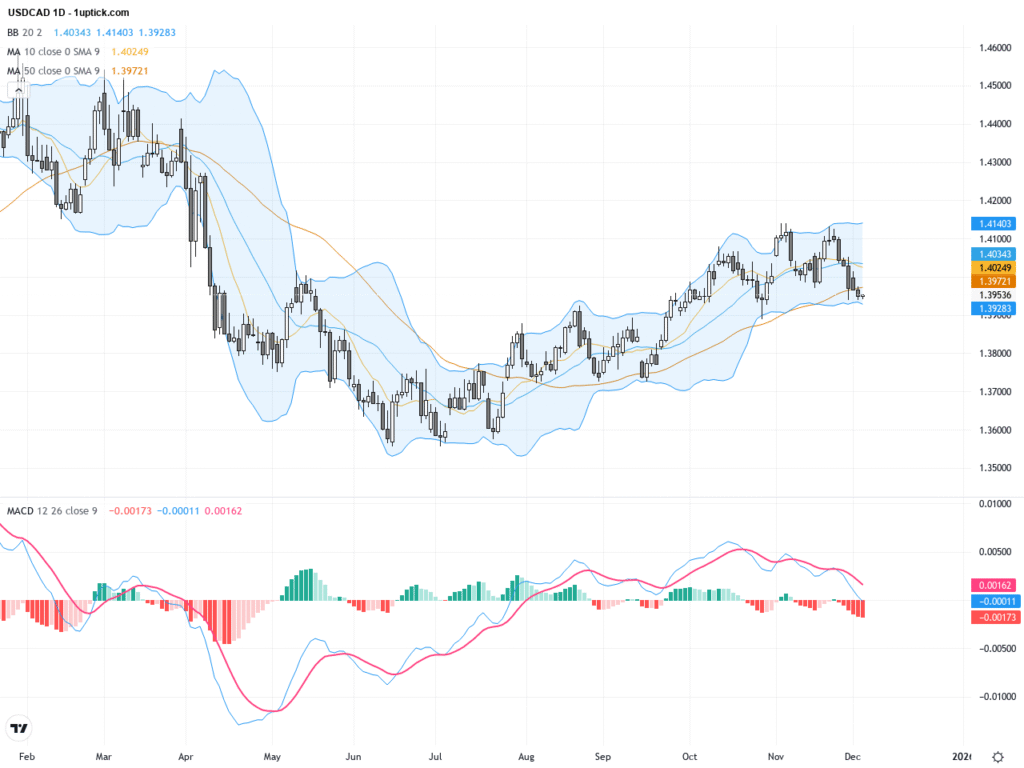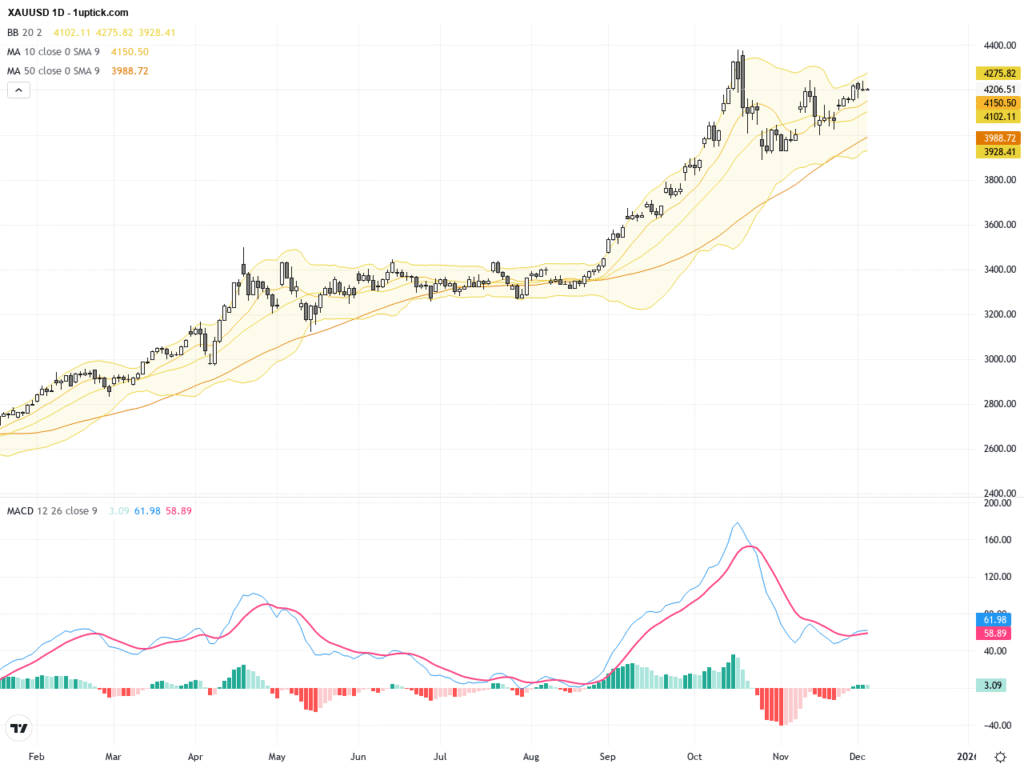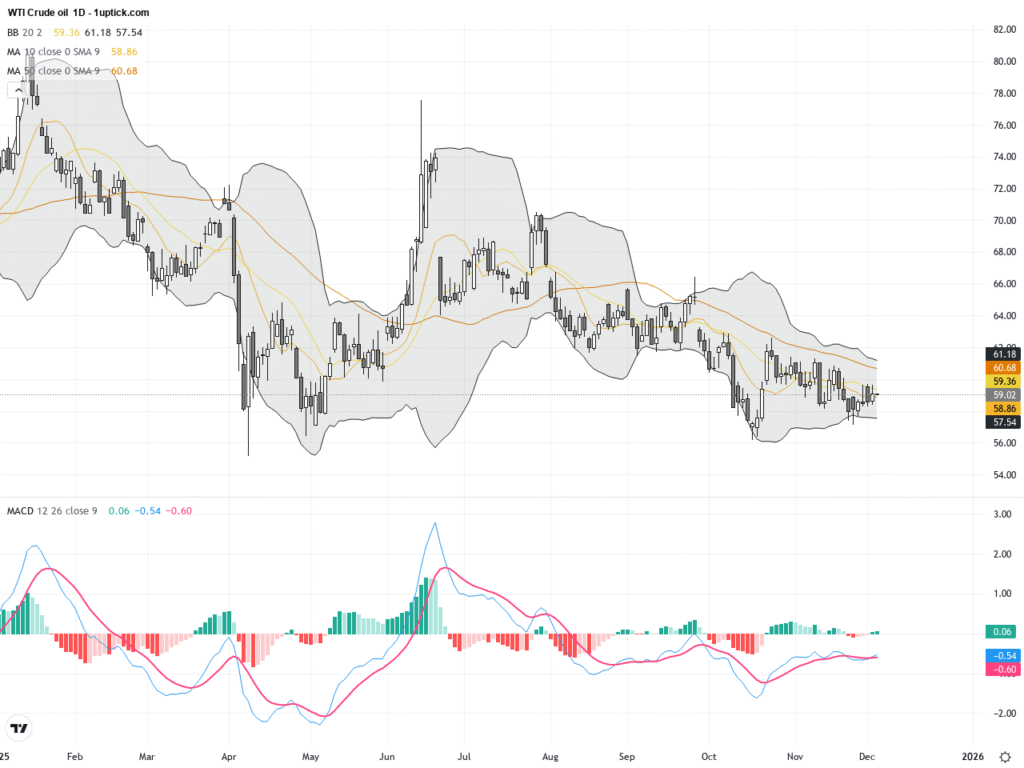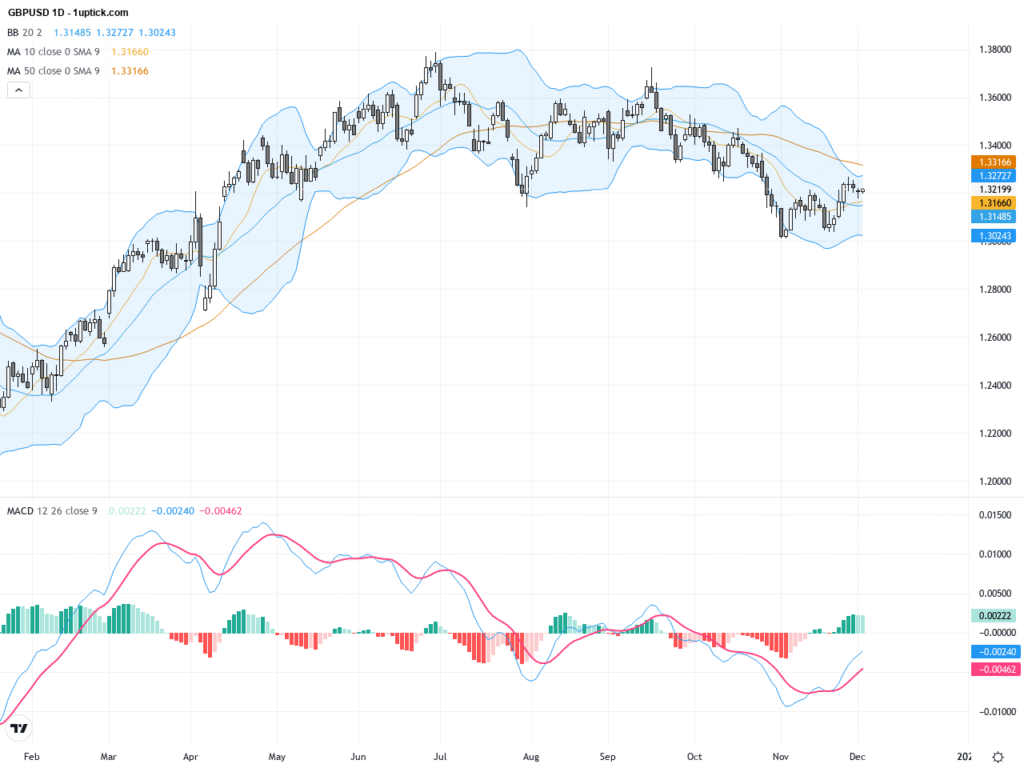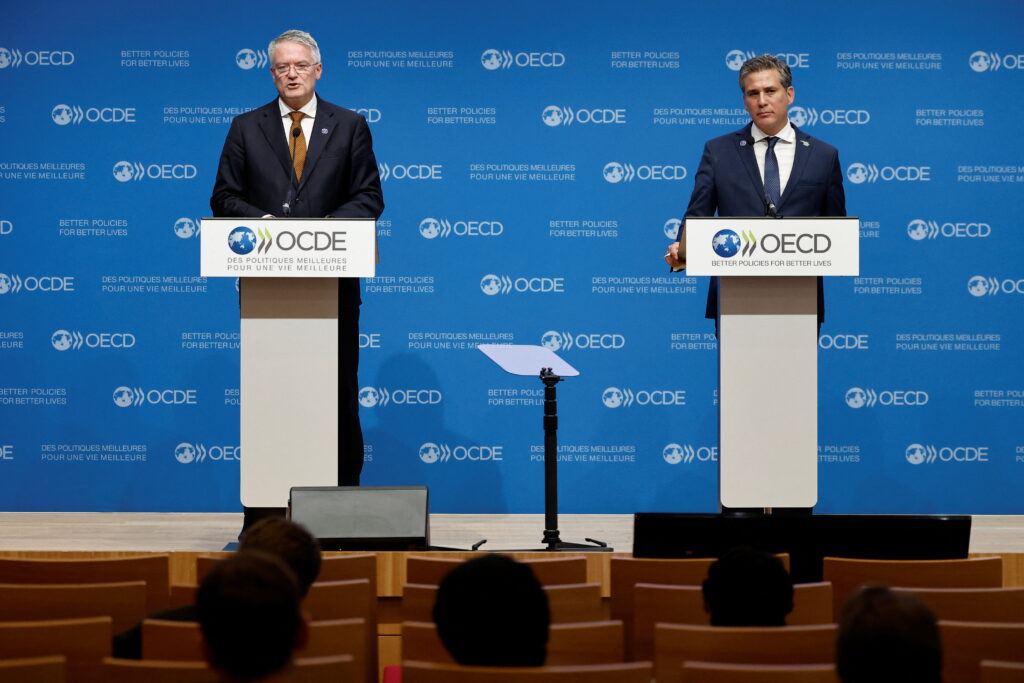 |
| Gold V.1.3.1 signal Telegram Channel (English) |

Hong Kong Residential Property Market 2025: Recovery Driven by Policy Incentives and Developer Discounts Amid Ongoing Risks
2025-08-16 @ 20:00
Hong Kong’s residential property market, long renowned for its volatility, is currently experiencing a transformational moment. After several years of uncertainty driven by global economic shifts, rising interest rates, and pandemic aftershocks, signs of a cautious recovery are emerging—particularly in the segment of homes valued under HK$5 million. What’s behind this new momentum, and what should buyers and investors consider as they assess opportunities in the city’s evolving real estate landscape?
Policy Shifts and Developer Discounts Fuel Buyer Interest
In 2025, the Hong Kong government introduced targeted stamp duty cuts specifically benefiting buyers of lower-priced properties. The resulting HK$59,000 reduction in transaction costs for homes in the HK$3-4 million range has had an immediate impact: sales in this segment jumped an impressive 73% year-on-year in the first quarter alone. Alongside this, developers are getting more aggressive about clearing unsold inventory—offering headline discounts between 5-10% for new entry-level units. For buyers, these incentives have made property purchase considerably more accessible.
Financing conditions, though still tight compared to the historical norm, are also stabilizing. Fixed-rate mortgage options now range between 4.74% and 4.89%. While these rates might seem elevated for long-time Hong Kong residents, the predictability they offer has helped restore some confidence among end-users and investors looking for more stable payment schedules.
A Market Still Marked by Risks and Imbalances
Despite positive signals in some corners of the market, major structural and macroeconomic challenges persist. The city is grappling with the consequences of years of exceptionally high valuations, the economic drag of a weakened Mainland Chinese economy, and ongoing population decline. The volume of homes officially in negative equity has surged to a 22-year high—a stark reminder of the potential risks that remain.
Inventory overhang is another pressing issue. Developers are currently sitting on a pipeline of over 93,000 unsold units. At current transaction volumes, analysts estimate it would take more than four and a half years to fully absorb this excess supply. As a result, aggressive discounting is likely to continue, prolonging a correction cycle that many experts believe won’t truly bottom out until late 2025 or even 2026.
That said, the recent rebound in transaction volumes—especially in the sub-HK$5 million bracket—is meaningful. Primary market sales have reached levels not seen for several years, and there’s clear evidence that buyer optimism is beginning to return, particularly as hopes for interest rate cuts build in the second half of the year. It’s important to note, however, that past recoveries in Hong Kong have only been sustainable when transaction volumes surge by more than 50% over prior averages; at present, volumes are ticking up but still below previous cyclical peaks.
The Strategic Case for Entry-Level and Transit-Oriented Investments
For medium-term investors, the current environment is beginning to resemble a window of opportunity—albeit one that demands selectivity and patience. Three factors stand out:
- Affordability and Liquidity: The combination of reduced taxes, developer incentives, and competitive mortgage rates makes the sub-HK$5 million segment significantly more attractive than other price bands. Properties at this level are often more liquid, providing flexibility in volatile conditions.
- Resilience in Prime Locations: Homes near MTR stations and key transport links continue to outperform the broader market. These “transit-oriented” units are viewed as havens for capital preservation, as they remain in high demand among both owner-occupiers and investors—even amid overall weakness.
-
Policy Support and Structural Tailwinds: The government remains actively involved in supporting market stability, as seen through stamp duty cuts and measures aimed at clearing oversupply. While not all risks are eliminated, these policy moves reduce some downside and offer a floor for further price declines.
What Should Buyers and Investors Watch For?
As Hong Kong’s real estate market gradually rebalances, prudent buyers should focus on core locations, take advantage of available developer discounts, and ensure financing terms are manageable under a variety of market scenarios. The current recovery is nascent and could be derailed by new shocks—be it global rate volatility, geopolitical tension, or a further slowdown in the Chinese economy. Nonetheless, for those with a medium to long-term view, the combination of structural reforms, policy incentives, and improving sentiment suggest that now is a prudent time to selectively engage with Hong Kong’s housing market—especially in segments where supply, demand, and underlying value are converging.
In closing, while Hong Kong’s property cycle remains fraught with risks, the recent raft of tax and policy reforms have shifted the landscape. Buyers equipped with market knowledge, a selective approach, and a willingness to focus on fundamentals may find that the coming months offer rare opportunities in one of the world’s most dynamic—yet challenging—housing markets.


